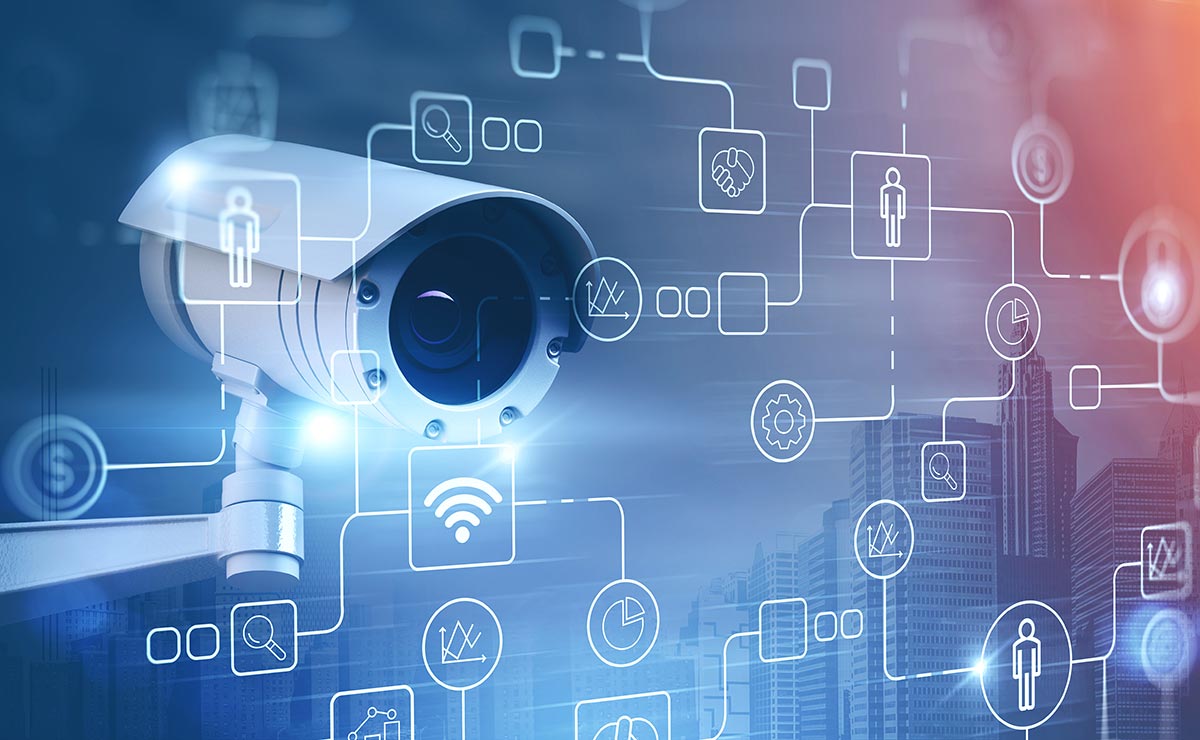Hello, I’m Andrew Smith, a retired U.S. Marshal with three decades of experience in the realms of law enforcement and security. Throughout my career, I’ve witnessed firsthand the revolutionary impact of technology on security practices. While these advancements have undoubtedly enhanced our capabilities, they’ve also presented new ethical challenges that professionals in this field must navigate. Today, I want to share my insights on the intersection of ethics and technology in modern security practices and why maintaining this balance is crucial for the future of law enforcement.
The Evolution of Security Technology
When I started my career, the tools at our disposal were rudimentary compared to today’s high-tech solutions. We relied heavily on physical patrols, paper maps, and face-to-face interactions. Now, technologies like artificial intelligence (AI), machine learning, and biometrics have transformed the landscape, making security operations more efficient and far-reaching. For instance, AI-driven surveillance can monitor vast areas in real-time, providing critical information that was previously unattainable.
However, with great power comes great responsibility. The capability to gather and analyze vast amounts of data can infringe on individual privacy if not managed correctly. This is where the ethical considerations come into play.
Navigating the Ethical Implications
Privacy and Surveillance
One of the most significant ethical dilemmas we face in modern security is balancing the need for public safety with the right to privacy. Surveillance technologies, while crucial for security, must not violate the privacy rights of individuals. It’s imperative to establish clear guidelines on what constitutes reasonable surveillance and ensure these boundaries are respected.
For example, in my work with the U.S. Marshals, we often dealt with sensitive situations where surveillance was a key component of our strategy. Ensuring that our actions were legally justified and within ethical boundaries was paramount—not just to uphold the law, but to maintain the trust of the public we served.
Bias and Discrimination
Another challenge is the potential for bias in AI and machine learning algorithms, which can lead to discriminatory practices. These technologies often rely on data that may not be representative of all groups, potentially leading to biased outcomes. As security professionals, we must rigorously test and continuously monitor these systems to identify and eliminate biases. This includes being transparent about the algorithms’ functions and their decision-making processes.
Accountability and Transparency
With the integration of technology in security practices, ensuring accountability has become more complex. Who is responsible when an automated system fails or when an AI-driven decision leads to a negative outcome? As leaders in security, we must advocate for accountability in the use of these technologies. This means not only tracking decisions made by automated systems but also having protocols in place to address any failures or misuse.
Ethical Guidelines and Best Practices
In response to these challenges, it’s essential to develop and adhere to stringent ethical guidelines and best practices. Here are some that I’ve found invaluable:
- Regular audits and assessments: Conducting regular evaluations of technology use ensures compliance with ethical standards and helps identify any areas of concern.
- Stakeholder engagement: Involving community members and other stakeholders in discussions about security practices promotes transparency and builds trust.
- Ongoing training and education: Keeping security personnel updated on the latest technological advancements and ethical considerations is crucial for informed decision-making.
The Future of Ethical Security Practices
Looking ahead, the role of ethics in security practices will only grow in importance. As we continue to innovate, we must also enhance our ethical frameworks to keep pace with technology. This means fostering a culture of ethical awareness and decision-making that permeates all levels of law enforcement.
In conclusion, the integration of technology in security has opened up a world of possibilities for enhancing public safety. However, it has also required us to confront complex ethical issues. By committing to ethical practices and responsible use of technology, we can ensure that our security measures are not only effective but also just and fair. As we move forward, let’s continue to hold these values close, as they are essential to maintaining the trust and safety of the communities we serve.
